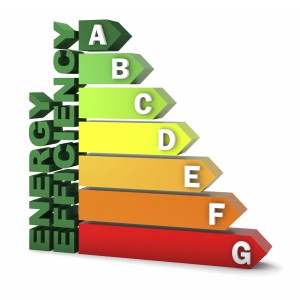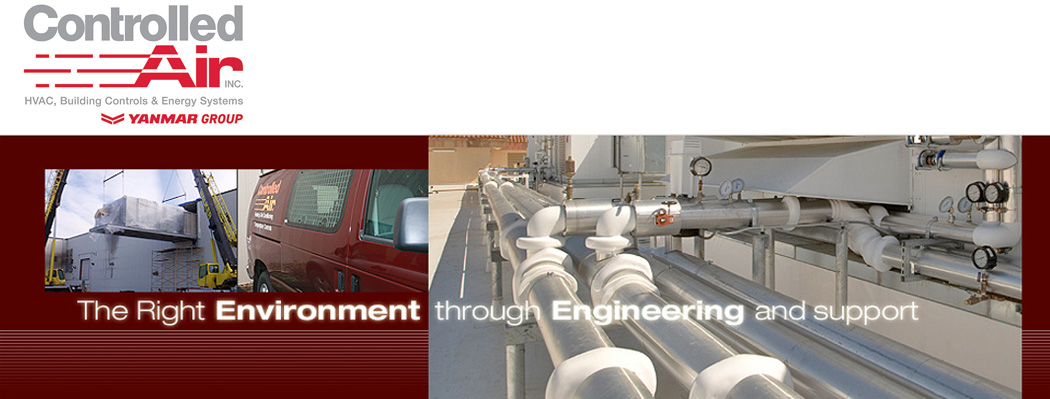Level 1 Energy Audit
 We perform energy audits for most of our customers. It gives us information about energy usage, savings, and the potential for rebates and incentives. Our audits begin with a Level 1 Energy Audit/Pre-Audit. The pre-audit Identifies the potential for improvement and conceptual approaches for closing the gap from a low performing building to a high performance building.
We perform energy audits for most of our customers. It gives us information about energy usage, savings, and the potential for rebates and incentives. Our audits begin with a Level 1 Energy Audit/Pre-Audit. The pre-audit Identifies the potential for improvement and conceptual approaches for closing the gap from a low performing building to a high performance building.
Step 1: Survey and evaluates the energy usage in a building through:
- Talking to occupants and building managers
- Collect drawings and building information
- Collect All Utility Bills – Minimum of one year
- Equipment
- HVAC, Controls, Data Loggers and Flow/BTU Meters
- Usage/hours of operation and Occupancy
Step 2: Preliminary Analysis
- Review large energy uses
- Compare to standard database the dollar per square foot energy use
- Comparison to other Like facilities
- Benchmarking (Energy star and ASHRAE)
- Analyze heating and cooling practices and identify inefficiencies
- Identify possible cost saving measures and energy saving opportunities
Sep 3: Initial Planning and Ideas for a Capital Improvement
- Identify opportunities with best ROI
- Plan equipment replacement with High Efficiency options
- Demand limiting EMS system that also tacks and monitors energy such as lighting, process or HVAC loads.
- Identify large and fast payback opportunities (1-5 yrs)
- Identify longer term payback opportunities
- Identify possible rebate and incentive opportunities
Step 4: Discuss Common Potential Upgrades:
- Energy Management Systems
- Cogeneration System
- Gas fired chiller for HVAC and ice making equipment.
- Separate Suite HVAC from main chiller plant.
- Economizers for central heating plant
- Use cogeneration or separate generation system to handle peak demands
- Improve heat recover opportunities
- Maximize the use of the desiccant dehumidifiers.
Review:
- What makes sense
- Agree on direction or plan
- Move on to more detailed analysis
- Computer Energy Modeling of Building
- Level II Energy Audit
- Prioritize solutions and energy saving measures
